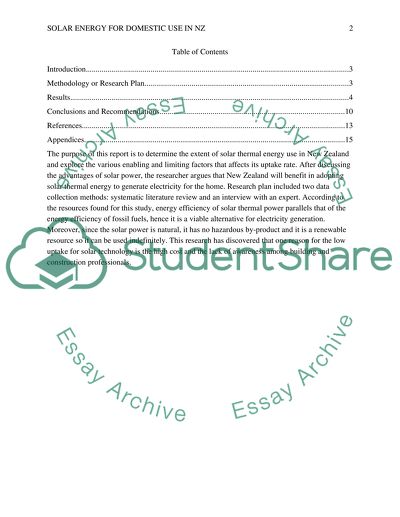Cite this document
(“Solar Thermal Energy for Domestic Use in New Zealand Essay”, n.d.)
Retrieved from https://studentshare.org/engineering-and-construction/1444505-how-efficent-is-solar-energy-for-an-individual
Retrieved from https://studentshare.org/engineering-and-construction/1444505-how-efficent-is-solar-energy-for-an-individual
(Solar Thermal Energy for Domestic Use in New Zealand Essay)
https://studentshare.org/engineering-and-construction/1444505-how-efficent-is-solar-energy-for-an-individual.
https://studentshare.org/engineering-and-construction/1444505-how-efficent-is-solar-energy-for-an-individual.
“Solar Thermal Energy for Domestic Use in New Zealand Essay”, n.d. https://studentshare.org/engineering-and-construction/1444505-how-efficent-is-solar-energy-for-an-individual.


